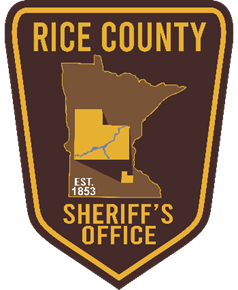Residential Sprinkler Myths and Facts
Sprinkler Systems in Industry
Schools, office buildings, factories, and other commercial buildings have benefited from fire protection sprinkler systems for over a century. To prevent investments in buildings and machinery, the textile mills in New England began using sprinkler systems over 100 years ago following a series of devastating fires which claimed many lives and destroyed entire businesses.
Sprinklers in Homes
But what about our homes? Although we protect our businesses from fire, what actions do we take to protect our families, our homes, and our possessions from fire? Millions of Americans have installed smoke alarms in their homes in the past few years, but a smoke alarm can only alert the occupants to a fire in the house … it cannot contain or extinguish a fire. Residential sprinkler systems can!
Sprinklers – The Solution
Fires in residences have taken a high toll of life and property. In 2004 there were:
- 410,500 residential fires
- 3,225 civilian fire deaths
- 14,175 civilian fire injuries
- $6 billion in property damage
Data Source: Fire Loss in the U.S. During 2004, NFPA. August 2005.
Studies by the Federal Emergency Management Agency’s United States Fire Administration indicate that the installation of residential fire sprinkler systems could have saved thousands of lives; prevented a large portion of those injuries; and eliminated hundreds of millions of dollars in property losses.
What are Home Fire Sprinkler Systems?
Using quick response sprinklers and approved piping, homes can be built or even retrofitted to include low-cost automatic sprinkler systems connected to the domestic water supply.
Sprinkler systems offer advantages to the home builder:
- A low-cost reliable safety option that would attract many buyers.
- Trade-offs between sprinklers and code requirements that can result in lower construction costs, more units per area of land, etc.
For homeowners, the advantages include assurance of a safer environment for their families, protection of their investment and irreplaceable family possessions, and lower insurance rates 5 to 15 percent.
Advantages of Newly Designed Home Sprinkler Systems
Fast Response
Residential sprinklers, listed by Underwriters Labs, are now available. They are designed to respond to a fire much faster than currently available standard commercial and industrial sprinkler systems. The new home sprinklers react automatically to fires more quickly because of their improved sensitivity.
Low Cost
At the present time, cost of a home sprinkler system is targeted at approximately $1.00 to $1.50 per square foot in new construction. It is hoped that the cost will decrease as the use of home fire protection grows. It is also possible to retrofit existing homes with sprinkler systems.
Small Size
For residential systems, the sprinklers will be smaller than traditional, commercial, and industrial sprinklers, and can be aesthetically coordinated with any room decor.
Minimal Installation Work
When homes are under construction or being remodeled, a home sprinkler system will require minimal extra piping and labor.
Low Water Requirement
These systems will require less water than the systems installed in industrial or commercial establishments and can be connected to the domestic water supply.
Piping Requirements
In addition to metallic pipe, the use of plastic pipe has brought down the cost of installation in new construction and the retrofit of existing structures.
* From the U.S. Fire Administration
